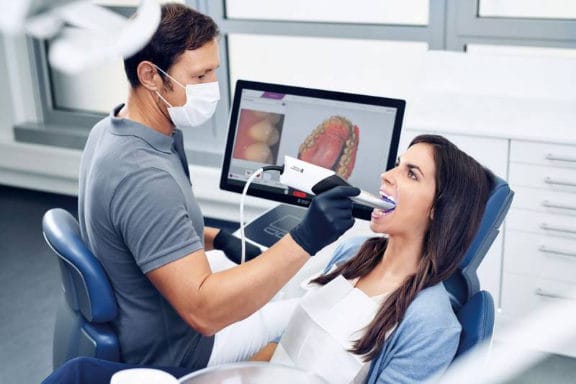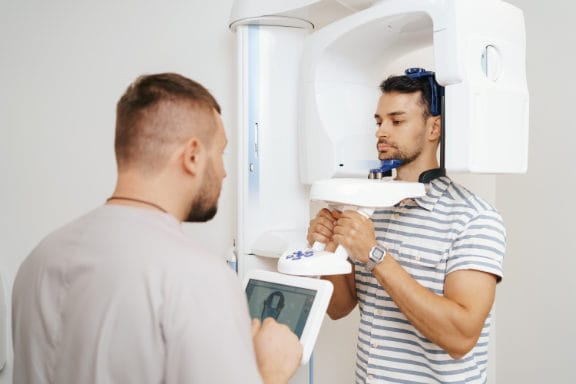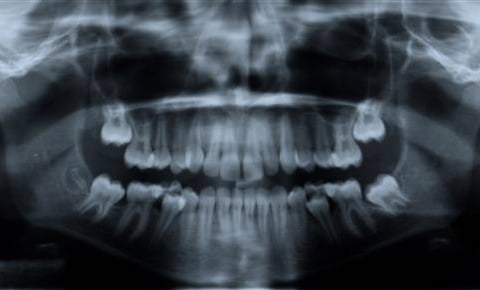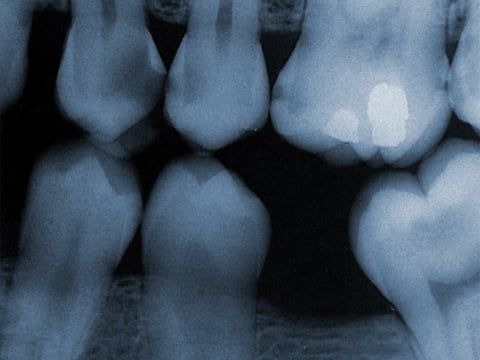CEREC Primescan
The CEREC Primescan is an advanced intraoral scanning device used in dentistry. It's part of the CEREC system, which stands for Chairside Economical Restoration of Esthetic Ceramics. The Primescan is designed to capture highly accurate digital impressions of your teeth quickly and efficiently. It utilizes state-of-the-art technology to produce precise 3D models which can be used for a variety of dental procedures, including the creation of crowns, bridges, and veneers.
CEREC Primescan enhances comfort by eliminating the need for traditional impression materials, which can be unpleasant for some. The scanning process is quick, reducing chair time and allowing for faster diagnosis and treatment planning. Additionally, the high accuracy of the digital impressions helps ensure better-fitting restorations, improving both aesthetic and functional outcomes. This technology supports same-day dentistry, meaning patients can often receive their dental restorations in a single visit, minimizing the need for multiple appointments.

i-CAT
The i-CAT 3-D dental scan system is well in advance of any x-ray system. The i-CAT provides 3-D images of the teeth, jaw, sinuses and skull structure in 1/20th of a second with significantly less radiation than a medical CT scan.
The 3-D scans from the i-CAT provide anatomically accurate data and surgical predictability for:
- Implant placement
- Impactions
- TMJ analysis
- Airway assessments
- Panoramics
- Cephalometrics
- Orthodontics
- Orthognathic surgery
Cone Beam Computed Tomography
CBCT stands for "cone beam computed tomography". This is a particular x-ray machine that is used in situations where standard x-rays are not sufficient. The CBCT uses advanced technology which allows us to view 3D images of a patient's dental structure, soft tissues, bone and nerve pathways within the face and mouth. These special x-rays allow for precise treatments to be put in to effect due to its high quality images and the details within. When the CBCT x-rays are called for, we ask that patients wear comfy and loose fitting clothing and will have to remove any type of metal that can interfere with the scan itself. This includes but is not limited to; jewelry, hairpins, underwire bras and glasses.
Some of the most common procedures in which the CBCT is used are:
- Impacted teeth
- Locating oral pain
- Evaluating jaws, nerves, nasal cavity, and sinuses
- Reconstructive surgery
- Implant placement
- Diagnosing TMJ

Digital Panoramic X-Rays
Panoramic x-rays offer patients a complete detailed image of the entire mouth including the teeth, jaw (upper and lower), sinuses, and TMJ.
It provides a complete picture on how everything looks and relates to each other.

Digital X-Rays
Our office uses the latest in digital x-ray technology. Digital x-rays offer a detailed image of your entire mouth and also offer up to 80% less radiation than traditional film x-rays.
X-rays play an invaluable role in the diagnosis of dental problems, as well as provide a clear picture for a dentist to accurately diagnose and provide the necessary treatment.
We place a small sensor in your mouth. The sensor is connected to a computer by a thin wire. Next, an x-ray beam is sent through your teeth and into the sensor, which records the image of your teeth and sends it to the computer. The sensor can then be repositioned to image other sections of your teeth.
The digital dental x-ray system is more sensitive than dental x-ray film systems, so your exposure to x-rays is cut by as much as 90 percent. The large and color-enhanced images let you see what your dentist sees, so it's easier for you to understand how your dentist will treat your teeth. Your dental checkups take less time, and it's fun to watch this system work! Most patients are amazed.

Schedule an appointment today!

